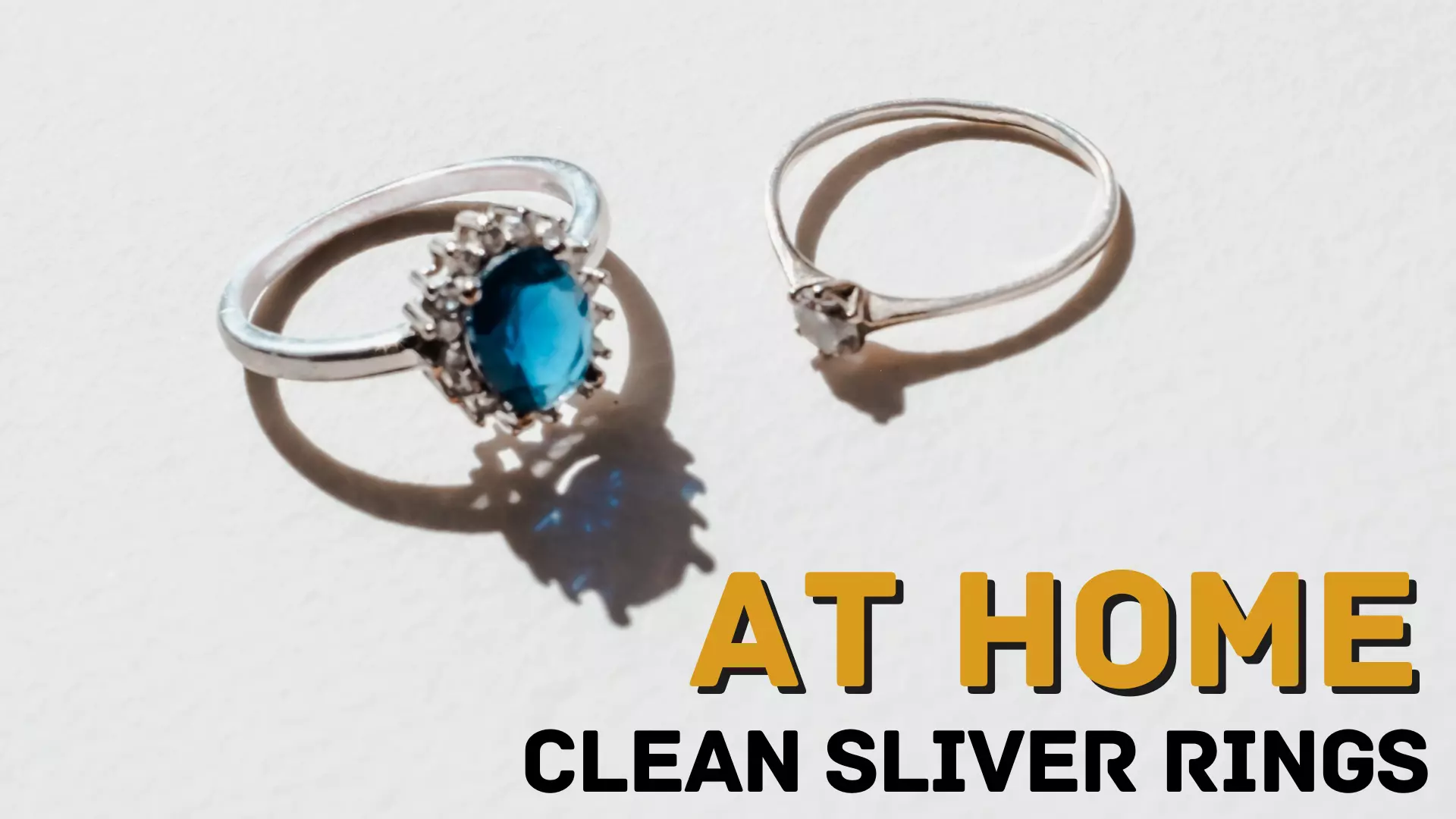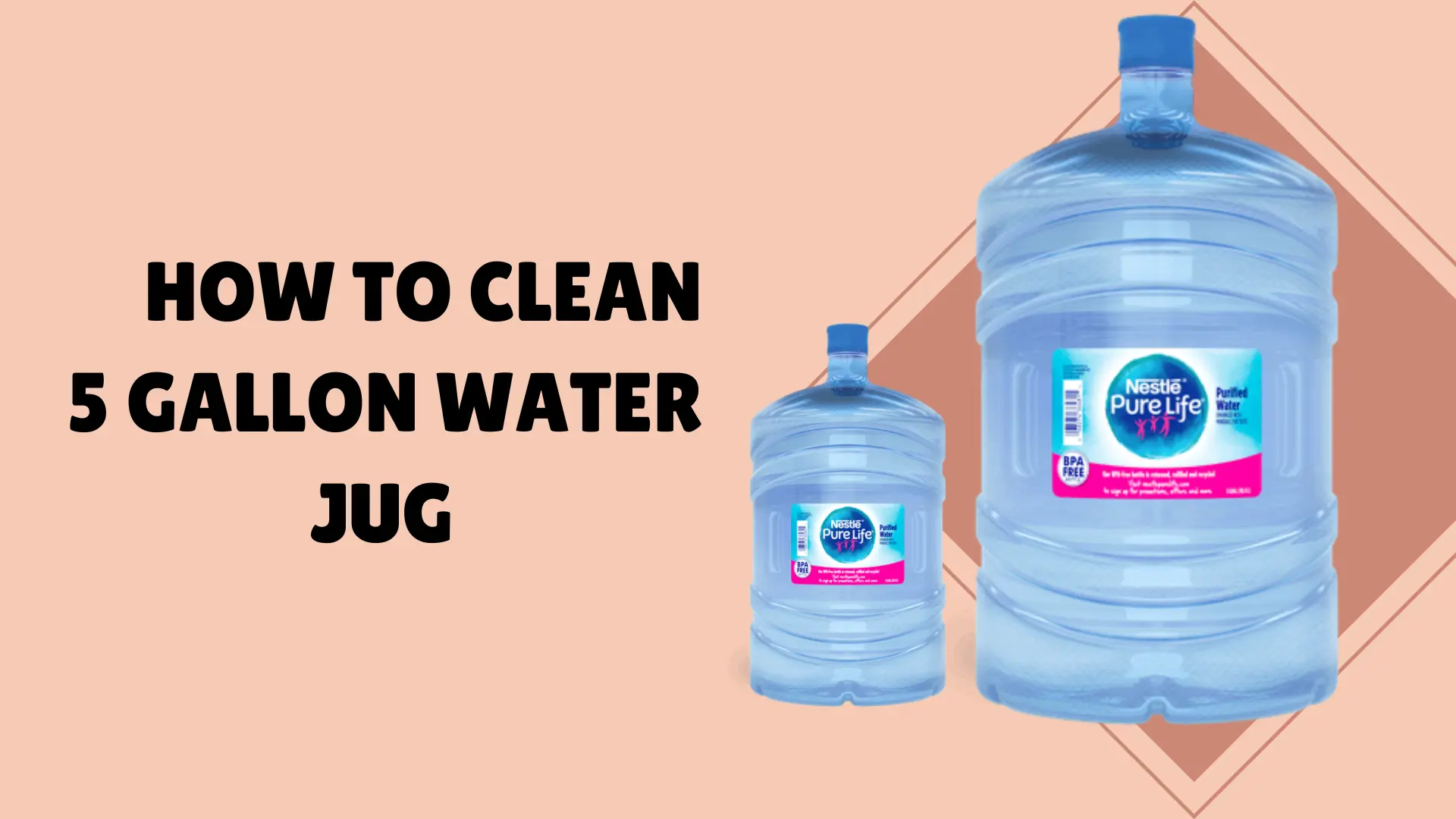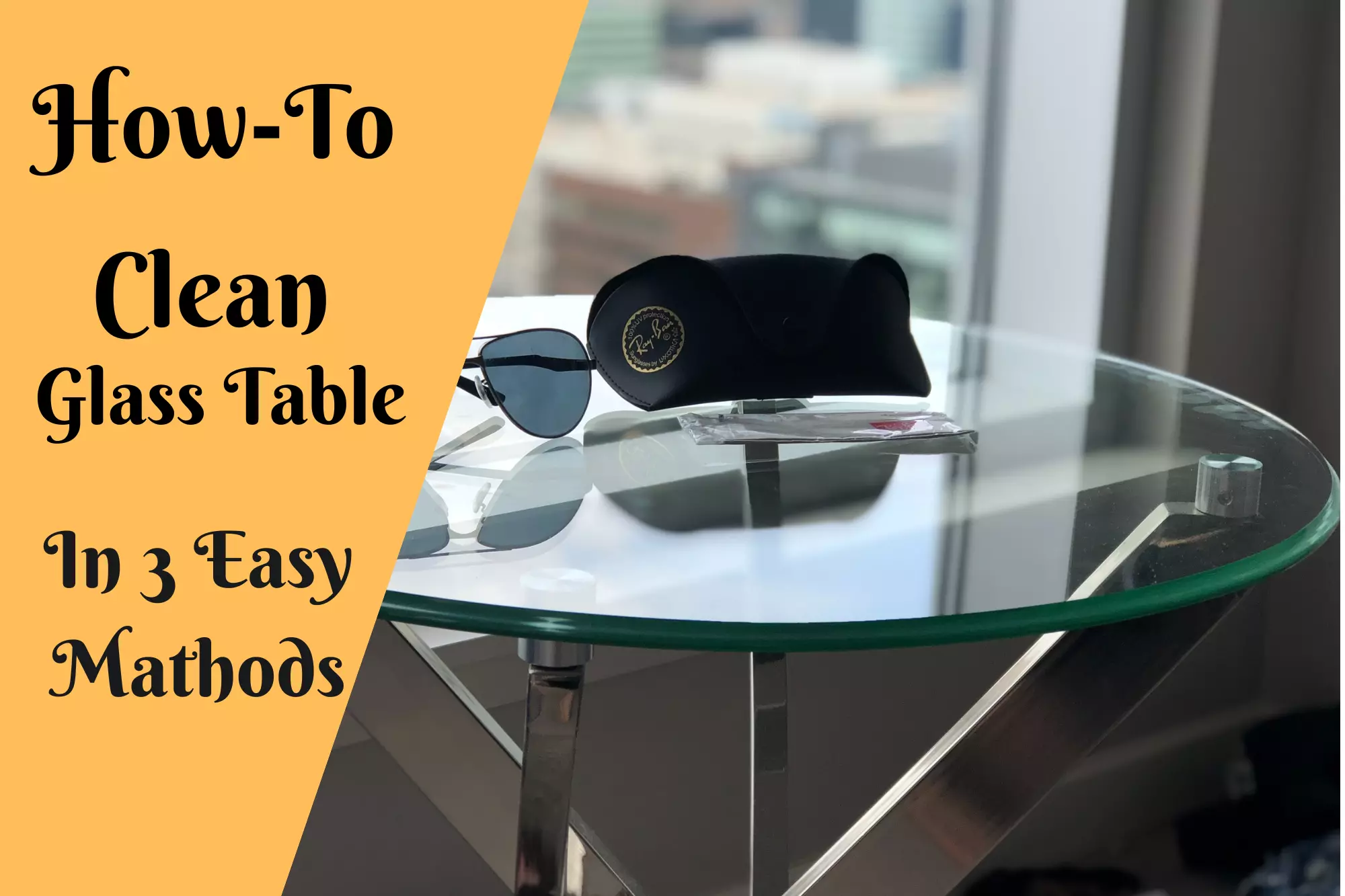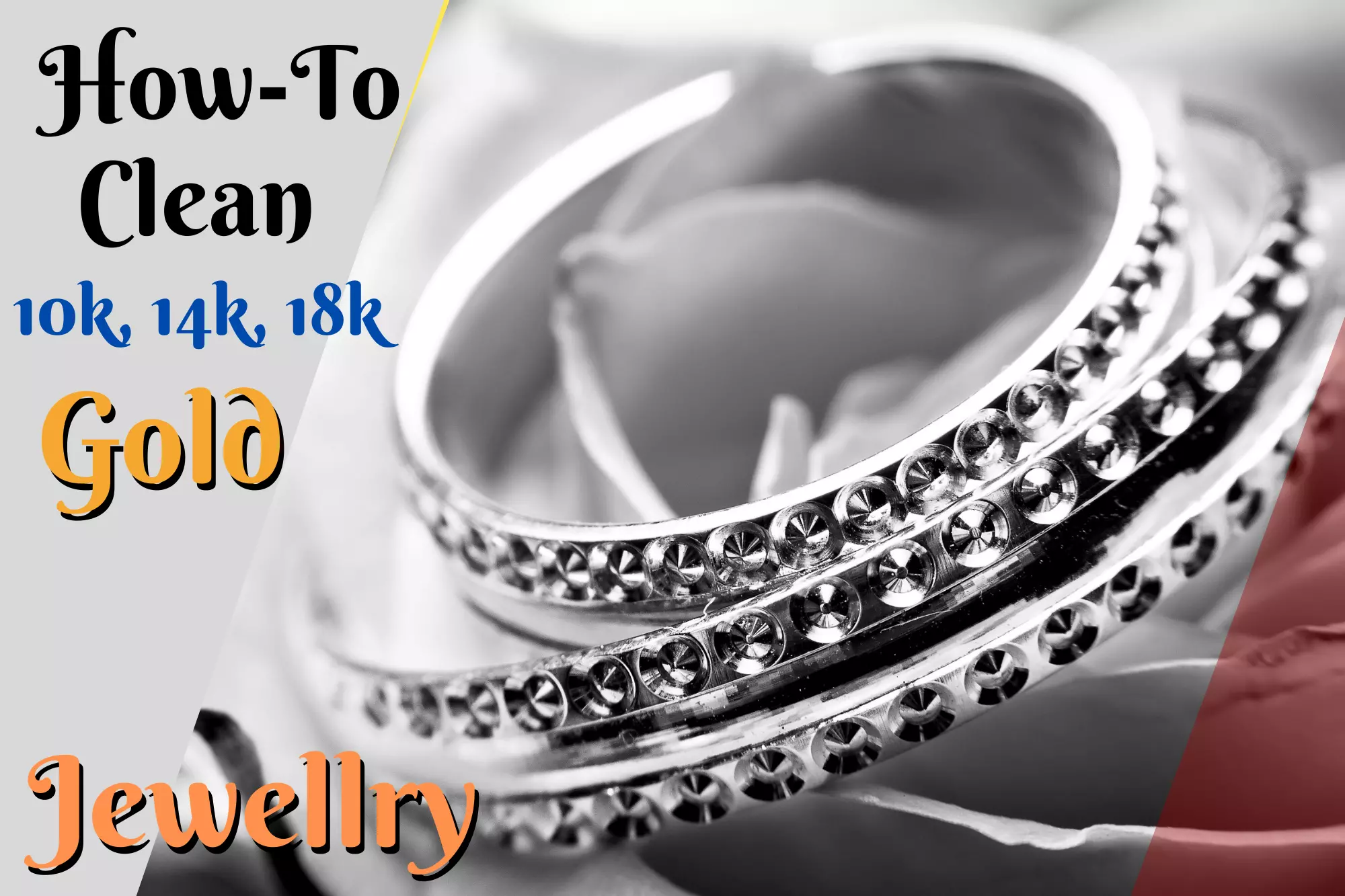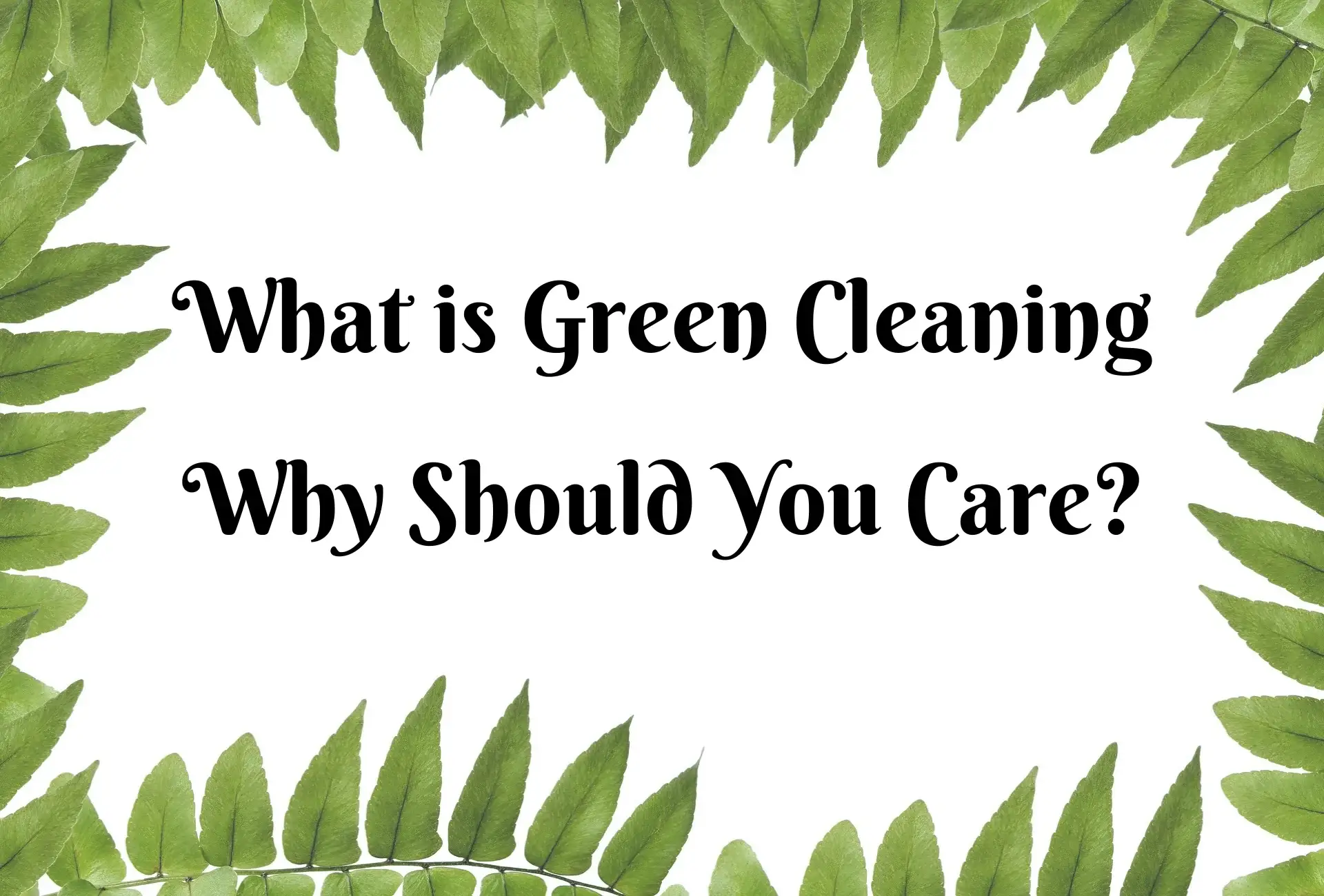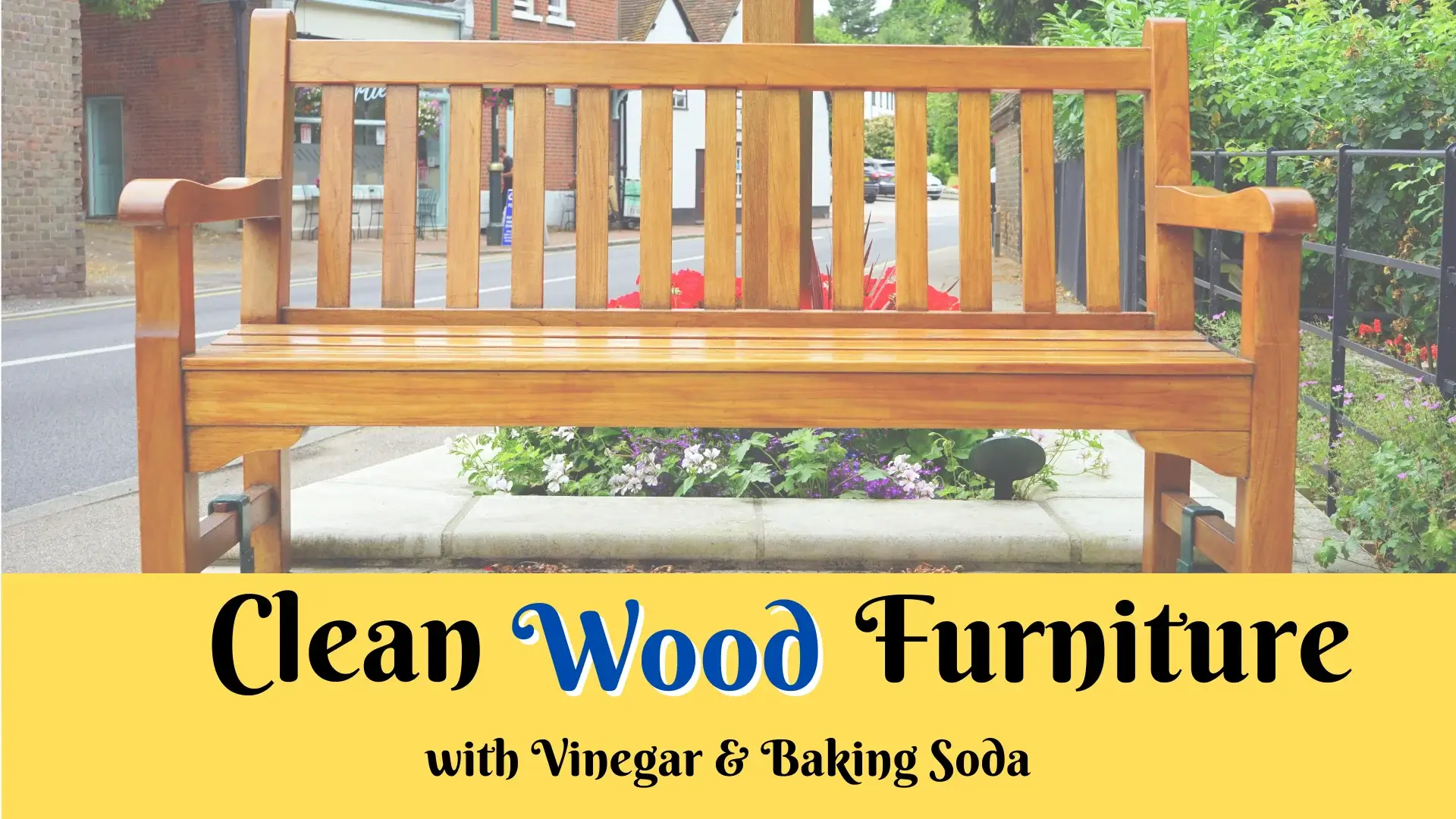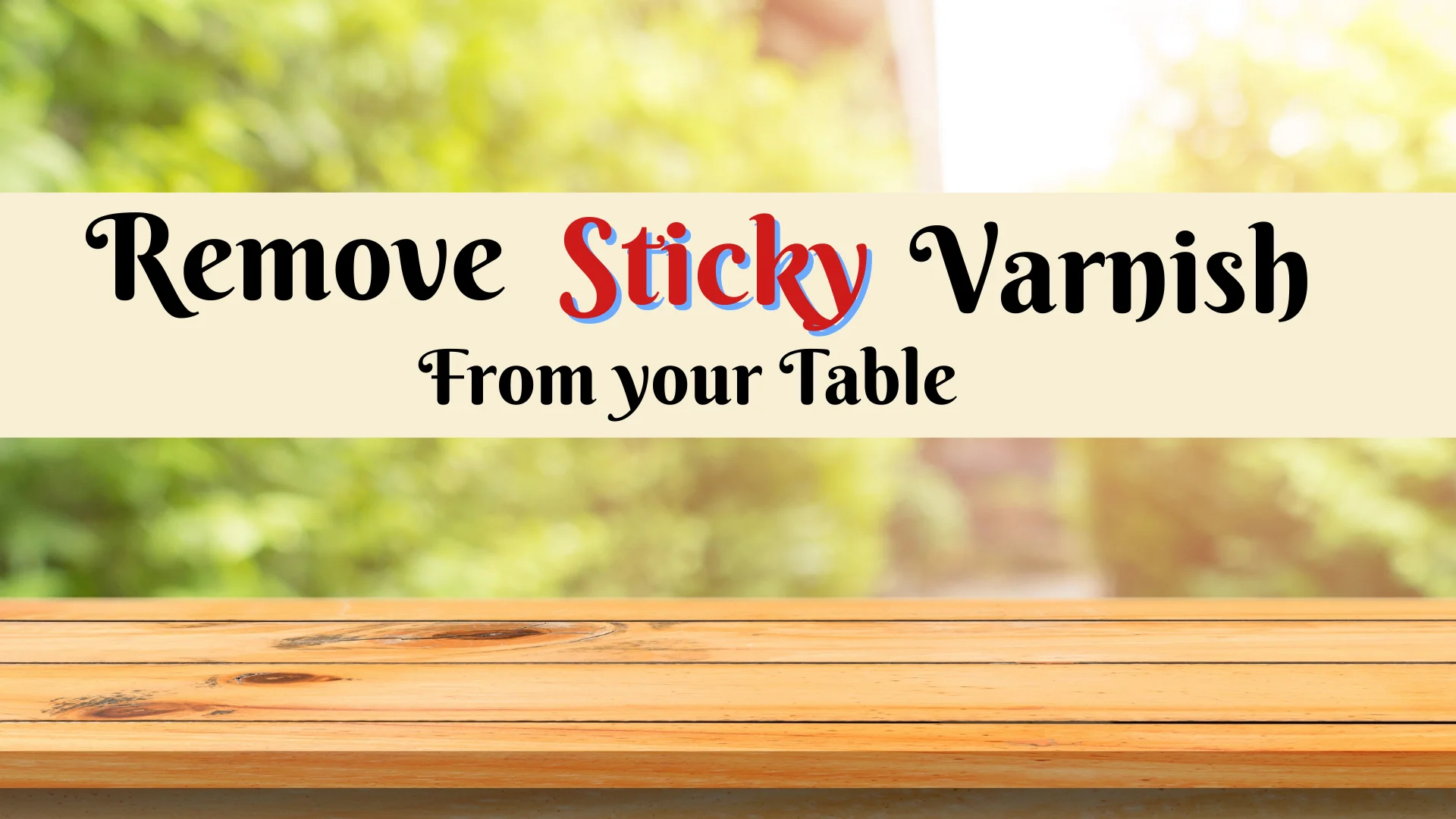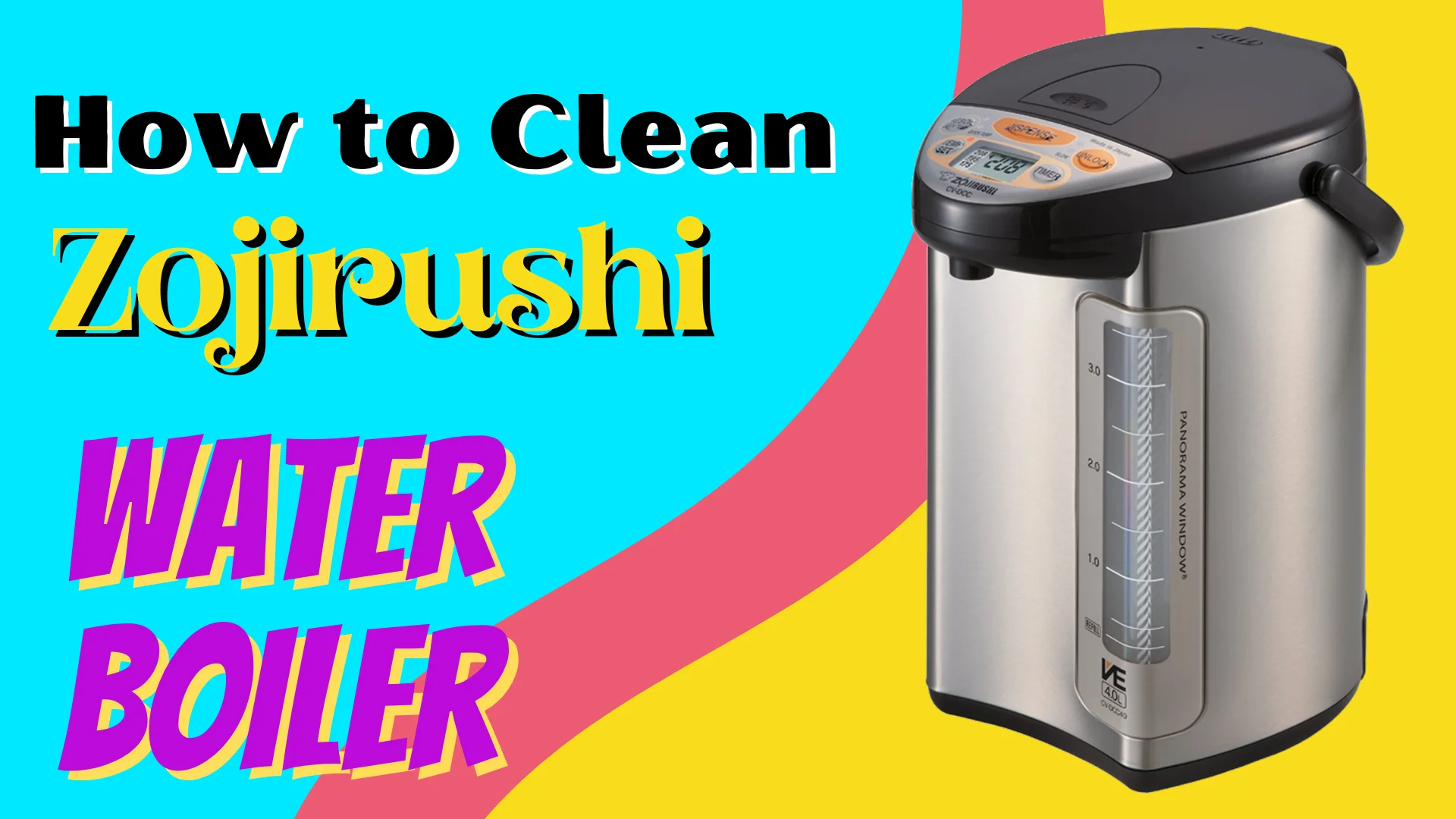How to Clean Silver Ring at Home | Top 5 Mathods
Learn how to clean silver ring at home. Silver rings are the favorite items in the collection of jewelry of most ladies. They love to wear it, but some carelessness may damage it. Most people consider them useless, no dear, don’t make such mistakes. We have come up with fresh ideas to clean your silver rings. After trying these methods, you will witness these rings again shine in your hands and make them beautiful. Thus the blackish look will disappear in a few minutes, and you will find them as they were. In this post, we will share easy step-by-step guide to on how to clean silver ring at home with 5 efficient methods. So, without moving around, let’s move towards the complete detail about them. How To Clean Silver Rings – Top 5 Ways These are the best methods to clean silver rings that will provide lots of benefits to you. 1. Clean Silver Ring With Polish The most effective method to help gain an original look to your ring is to clean it with polish. If you want to polish your rings, these are the measures you need to do. Get a clean, wet cloth and put a dab of polish on it. Then rub it on your silver ring up and down. Never use it circularly because the scratches may become apparent. Fabric tarnish may be avoided by repeatedly reversing the fabric. When you’ve rubbed the rings long enough, please give them a quick rinsing with warm water and thoroughly dry them with a dry towel. ALSO READ 5 Best Moving Companies in Chicago to Help You Make… How to Hire Contractor for Home Renovations in 2022 Which Kitchen Countertops Are The Best? (Answered) 2. Cleaning Sliver Ring With Salt And Towel If you want your ring to look natural, then don’t forget to apply this method. Combine 3 tablespoons of salt, the juice of a lemon, and a cup of boiling water. Drop your ring in this solution and let it remain for about 5 minutes. Take caution since they might be hot when removed. Use a gentle towel to dry the jewelry. 3. Clean Silver Jewlery With Aluminum Foil And Baking Soda This is the best home remedy to clean the tarnish of your silver ring. You will see a difference in no time. Take a bowl and then use aluminum foil as a lining. Add baking soda and pour some hot water. Just throw in your silver jewelry and walk away for up to three minutes. Take caution while removing the rings since they may still be hot. Use a gentle towel to dry them. 4. Using Toothpaste To Clean Silver Ring at Home Another method looks strange to apply for cleaning the silver ring. Take a little toothpaste and then use a dish wash sponge to rub this paste on a silver ring. Although the toothpaste helped a little, it wasn’t enough to eliminate the tarnish. Instead of fading the whole work, it came off in clumps. The rubbing of the brush may cause some scratching, so be careful while applying it. 5. Use Ketchup To Clean Silver Rings It is not used to eat with yummy foods but can also be used for cleaning purposes, especially for silver. It looks funny but believe me, you will wonder after seeing its excellent results. Apply some ketchup on a toothbrush to scrub the silver rings clean. Warm water should be used to wash off, and a soft towel to dry off afterward. You will see a shine on the ring, and you will be able to wear it in your beautiful hands. Conclusion: Here you have found the best methods to solve your problems. Additionally, these are easy to apply, and everything will be available at home. These methods are a blessing in disguise to clean your silver rings. You’ll notice a change for the better if you give it a go right away. We hope that you get enough information and tarnish from your rings will disappear. FAQs How to protect silver jewelry from tarnish? Preventing silver from tarnishing is as simple as taking a few precautions. When you keep the jewelry out of the box and expose it to air, it will damage you significantly. Please place them in a velvet box; thus, your jewelry will not be affected by the air, and you will find them new whenever you wear them. What should we keep out of the silver while cleaning it? A firm bristle brush will leave a permanent scratch in the silver. Silver-specific cleansers sometimes include chemicals that harm the material rather than clean it. So, you should refrain from using these items while cleaning the silver.

